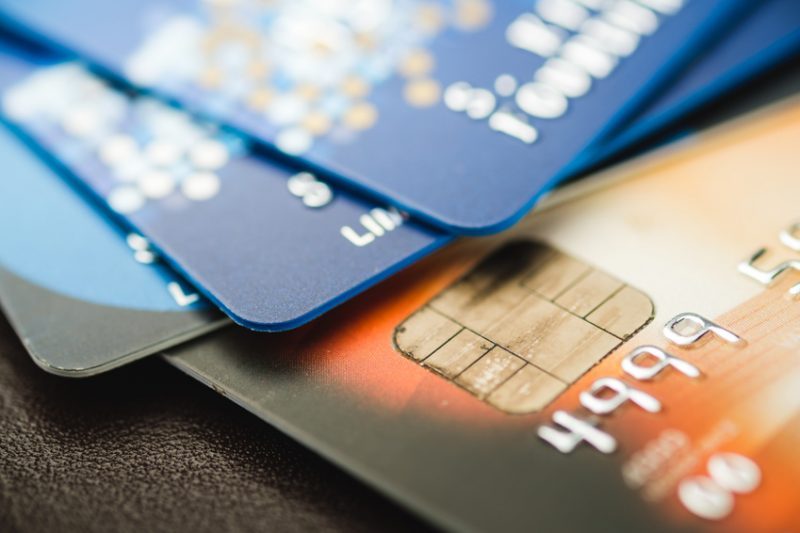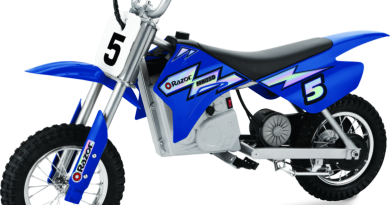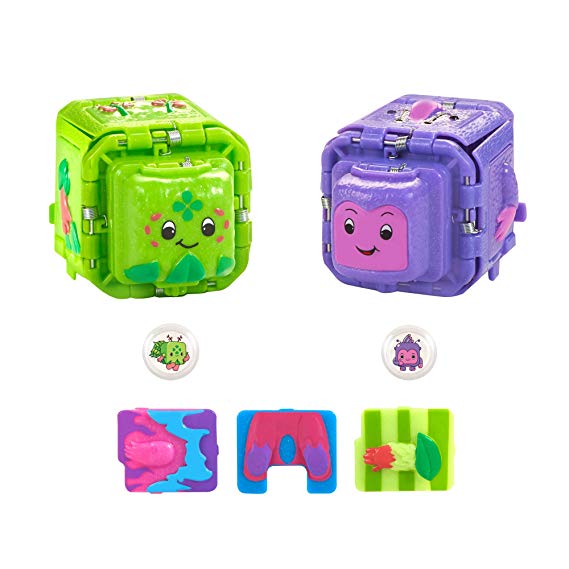Debt: Can You Pay Your Credit Card Bill With Another Credit Card?
Most people find themselves slaves to debt at one point in their life. What happens when you’re in such circumstances? It isn’t easy. That’s why many seek useful tips from Loan Advisors to pull out of such situations. But, what if you have two credit cards? Can you pay the bill on one card using another card? Of course, you can, but it’s a tricky step. Why am I saying so? A lot is involved, and you should assess the problem correctly before deciding to solve it. Let’s discuss and find more.
Contents [hide]
What You Need to Know First
Now that you’ve exhausted your favorite card and is past its credit limit, there’s a need to pay off the debt. “Can I please use a different card to do so?” you ask. If you mean using another credit card to pay the bill in an instant, fee-free manner, the answer is NO. At least not directly like that. Credit card providers don’t permit a card’s debt payment by merely charging it to another card.
The fees associated with processing such a credit card move is the reason behind the providers not allowing them to occur. It’s costly for the companies to transact that way. Even if you’re trying to earn rewards or pay off debt much easily, doing direct swapping isn’t the way to go. These restrictions help issuers reduce their risk; making direct credit card bill payment with another card can lead to payment default by some clients.
The card providers need clients to pay bills with a bank account when making online or phone payments. They have to give information like an account number, and that can’t be substituted merely by a credit card number. Does it mean that there’s no easy way to pay off one credit card debt with another? Not really; with a little creativity, there’s a solution. Let’s see two ways to use a second credit card to pay the first credit card’s debt- cash advance and balance transfer.
Taking A Cash Advance On the Second Card
A cash advance entails using a credit card, in this case, the second one to withdraw money from an ATM or at the bank. After getting the cash, you can use it to pay the bill on the first card in the format that will let you do so. For instance, you can deposit it into a checking account or purchase a money order to mail it to the credit card provider.
Doing that doesn’t mean the debt is cleared; it’s on a different card. Some cards charge high APR for advances; thus, your debt’s cost might increase. Yes, you can use cash advances though it’s not ideal. They might only be appropriate if you’re working on a short-term financial emergency and need to evade a late credit payment that can affect your interest rate or credit score.
Why isn’t using cash advances ideal? They come with extra fees and different interest rates. The fee is proportionate to the money you withdraw and will need to be paid off eventually. The high-interest rates you will have to pay are a huge risk, with most ranging about 14%. The other problem with this method is that the amount you can advance in a day, statement cycle, or withdrawal attempt is limited. It can be challenging to obtain sufficient cash to pay off a large balance. Thus, if your bill is much, using a cash advance isn’t the perfect choice.
Using A Balance Transfer
You can transfer balances between the cards; use a balance transfer to move the bill from the first credit card to the second card. It is the most proper way and typically a better method to rid your card off debt using another one. If you’re in massive debt and want it cleared, follow this section for the ideal assistance.
You’d mostly opt for it if the new card gives a lower interest than that of the existing card. Several credit cards give new users a 0% interest on balance transfers for a set period, usually six-eighteen months. If you have much debt on a card with a very high-interest rate, you can open a new one and transfer the debt to it. That would do away with the debt on the high-interest-rate card and put in on the second new card with an initial 0% interest rate. The 0% period will give enough time to pay the debt without worries of it growing any interest.
How Balance Transfers Work
The general process is simple and involves less work, but can also vary depending on the issuer you choose to work with. The first thing to do is to obtain another card. You can apply for a new card with a 0% interest offer or use a promotion on an existing card. A different provider should issue the card. Having a good credit score will avail better offers.
Next, you should initiate the balance transfer. Provide the needed information and follow the set procedure. You’ll wait for the transfer to succeed, and once it’s approved, the card issuer will pay off the debt in your old credit card. It will show in your new account. Lastly, you can pay down the balance. After the debt balance is transferred to the new card, you’ll need to make monthly payments on that account. Doing so during the “grace period” (the 0% period) might save you significantly.
It’s noteworthy that even if it’s the ideal option, there are a few restrictions with the most common one being that you can’t transfer balance between two cards in the same bank. Another one is that the transfers are typically capped at $15,000; if you have a credit line greater than it, most banks will not process. Also, balance transfers involve fees and other conditions.
The Bottom Line
What’s the takeaway? This discussion has pin-pointed that while it’s true that you can pay a credit card bill with another card, it doesn’t occur directly. You can either use cash advances, which isn’t viable or the balance transfer, which is the most effective. The choice is yours, and it’s proper to consult financial experts before deciding on that.




